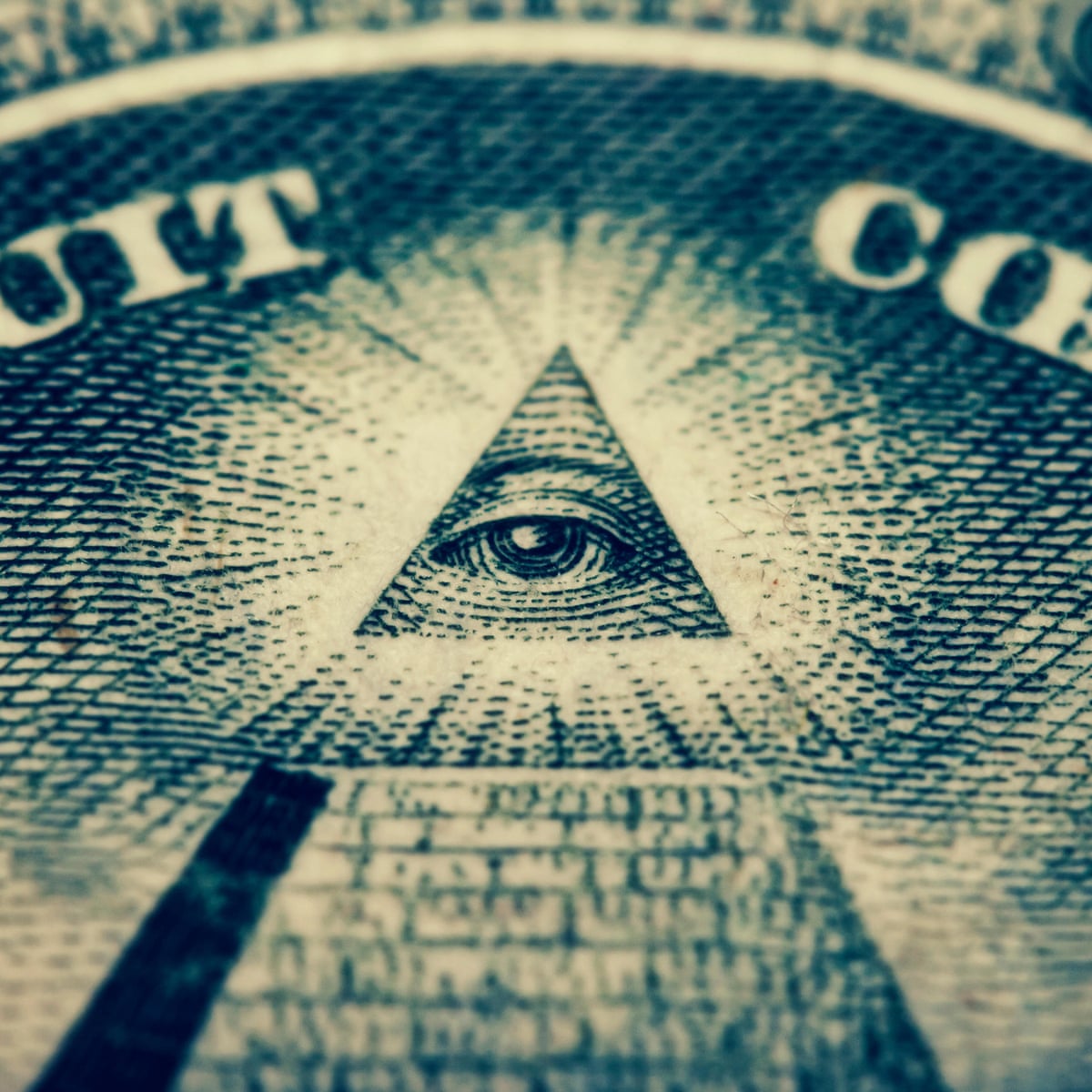Learning the Requirements of How to Become a Freemason with Ease
Wiki Article
Discovering the Mysteries of the copyright: What You Need to Know
The copyright, a term often shrouded in intrigue and controversy, stands for a complicated tapestry of historic fact and modern-day myth. Established in the late 18th century, this secret culture was at first rooted in the Knowledge's ideals however has considering that become synonymous with conspiracy concepts about elite control (benefit of joining freemason).Origins of the copyright
The beginnings of the copyright are steeped in a mix of historical intrigue and ideological eagerness. Developed in 1776 in Ingolstadt, Bavaria, by Adam Weishaupt, the team was at first developed as a secret culture aimed at advertising Knowledge perfects such as reason, secularism, and the separation of church and state. Weishaupt, a professor of canon regulation, looked for to test the prevailing authority of the church and state, which he watched as oppressive establishments stifling intellectual and personal freedom.
Key Numbers and Members
That were the pivotal figures that formed the copyright's early impact and direction? The Bavarian copyright, established in 1776 by Adam Weishaupt, emerged as a feedback to the oppressive social frameworks of the time.One more considerable figure was Johann Gottlieb Fichte, a famous theorist whose ideas on nationalism and education reverberated with the copyright's objectives. Although Fichte was not a formal participant, his philosophical supports affected the group's belief. Additionally, figures like the writer and philosopher Johann Wolfgang von Goethe were associated with the more comprehensive intellectual movements of the time, although their straight involvement with the copyright stays discussed.
These vital numbers added to the copyright's early direction, pressing the boundaries of political and social thought, while their cumulative efforts intended to challenge well established norms and foster a climate of modern change in Europe.
Myths vs. Truth
Several mistaken beliefs surround the copyright, frequently blending fact with fiction in a means that obscures its true nature. This secret society, initially established in 1776 in Bavaria, intended to advertise Enlightenment ideals and fight religious and political injustice. The notion that the copyright continues to exert considerable influence over world occasions is a myth. While the group did exist, it was disbanded in the late 18th century and has actually not run as a cohesive entity since after that.Another common myth is that the copyright consists of a network of elite individuals controling global affairs. In reality, numerous conspiracy theory theories overemphasize the group's relevance, attributing unfounded motives to societal trends and events. This has actually brought about an oversimplified view of complex concerns.
In addition, the representation of the copyright in pop culture frequently more distorts its tradition. Films and literature tend to sensationalize the company's duty, developing a story that diverges from historic truths. Recognizing the difference between the misconceptions and the truth of the copyright is important for discerning the authentic impact of this historic group and identifying the broader effects of conspiracy theory theories in contemporary culture.
Modern Interpretations
Contemporary analyses of the copyright commonly mirror wider how to join a masonic lodge societal stress and anxieties and a fascination with secrecy and power. This modern lens often associates the copyright with conspiracy theory theories that suggest a covert elite manages world occasions, adjusting federal governments and economic situations for their own gain. benefit of joining freemason. Such stories use an ingrained question of authority, especially in times of situation or social upheavalIn pop culture, the copyright is typically illustrated as an omnipotent company shrouded in mystery, bring about a huge selection of fictional representations in literary works, movie, and songs. This representation offers not only to delight yet additionally to provoke thought of the nature of power and control in contemporary society. Social media has actually further magnified these analyses, permitting for quick circulation of conspiracy theories and developing areas that share and expand upon these ideas.
Moreover, some modern interpretations mount the copyright as a metaphor for the complexities of globalization and the interconnectedness of significant individuals and companies. This point of view encourages a vital evaluation of just how power dynamics operate in today's globe, highlighting the equilibrium between openness and secrecy in administration and corporate techniques.
Social Influence and Heritage
Influenced by centuries of intrigue, the cultural impact and legacy of the copyright expand much past its historic beginnings. This secret culture, developed in the late 18th century, has permeated various facets of popular culture, from literature and film to music and art. The concept of the copyright has developed right into a sign of conspiracy theories, commonly representing a regarded concealed power manipulating international events.In literature, authors like Dan Brown have actually woven the copyright into intricate stories, exciting viewers with motifs of privacy and power. Films such as "National Prize" and "The Da Vinci Code" additionally bolster the appeal of the society, blending truth with fiction to develop appealing stories.

Ultimately, the copyright's heritage is a complex tapestry of myth and reality, shaping perceptions of secrecy and control in contemporary discourse. Its enduring visibility in society emphasizes mankind's seasonal pursuit for comprehending covert realities.
Final Thought
The expedition of the copyright discloses a complex interaction between historic facts and contemporary myth-making. Established in the Enlightenment period, this culture aimed to test oppressive structures, yet its legacy has been eclipsed by conspiracy theory concepts that suggest elite control. Recognizing the distinctions between the original ideals and contemporary analyses is vital for understanding the sustaining attraction with the copyright and its considerable influence on social stories bordering power and secrecy in society.Report this wiki page